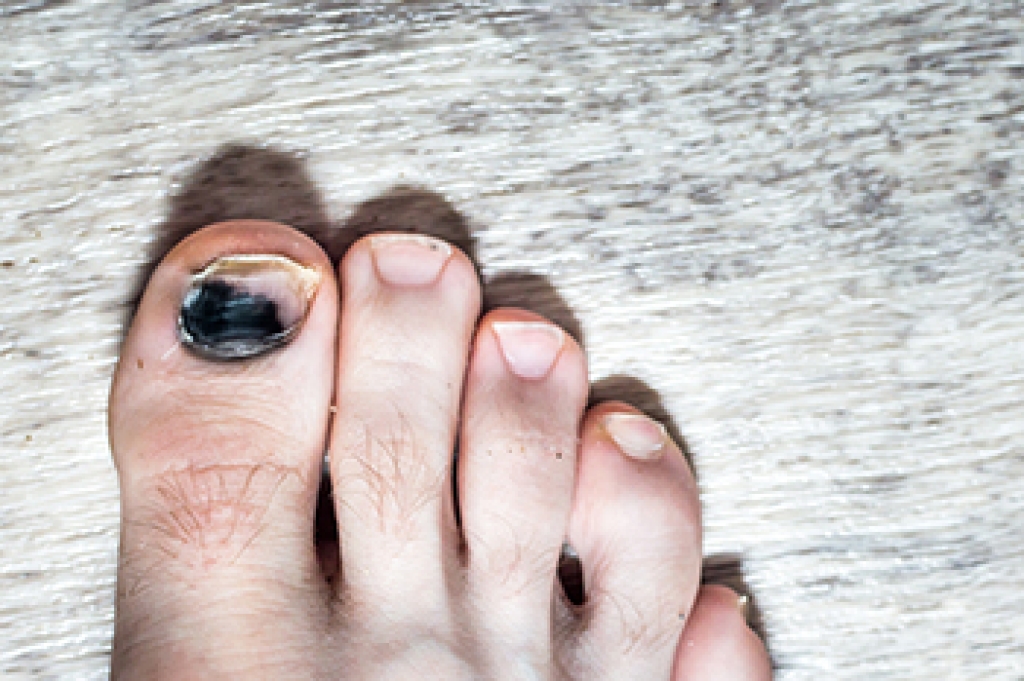
If you're an avid runner, you've likely encountered the occasional blackened toenail, a common woe for those who log many miles. The likelihood of developing black toenails increases with the intensity and duration of your runs. Those running shorter distances a couple of times a week are less prone to blackened toenails than those who engage in more rigorous training, like consistent 5K runs. The primary cause of black toenails in runners is repetitive trauma resulting from the mechanics of running. The pressure exerted during each stride, especially when wearing ill-fitting shoes or tight socks, can cause toes to strike the insides of your running shoes repeatedly. Downhill running intensifies this trauma, pushing the foot forward with each stride and increasing the risk of black toenails. Additionally, running in hot weather may lead to swelling, and heightening pressure in the shoe. Black toenails, which typically affect the big and 2nd toe, can become painful. When the discomfort becomes significant, seeking the expertise of a chiropodist is suggested. A chiropodist can alleviate the pain by draining blood from the affected nail, reducing pressure, and promoting a speedier recovery.
Although running is a wonderful exercise to keep you in shape, it can wreak havoc on your feet and ankles if you don’t take preventive measures. If you have sustained a foot and ankle injury from running, please consult with Emily Yu, B.Sc from Uptown Foot Care Clinic. Our specialist can help you maintain the health of your lower limbs and your mobility.
Some common running injuries include:
- Achilles tendonitis
- Shin splints
- Ankle sprains
- Stress fractures
- Plantar fasciitis
- Bursitis
What causes injuries?
These injuries are usually caused by overtraining, wearing the wrong shoes, running on hard surfaces, having tight and inflexible muscles, or having biomechanical issues in the feet or ankles.
What can I do to prevent injuries?
- Train slowly and gradually
- Give yourself plenty of time to recover following a run
- Wear shoes that fit properly and support your foot
- Avoid running on hard surfaces, like concrete
- Stretch and strengthen the muscles of your lower legs
- Warm-up prior to a run
- Have your gait analyzed and your feet examined by a chiropodist to determine if there are any biomechanical problems that need to be treated
If you have any questions, please feel free to contact our office located in . We offer the newest diagnostic and treatment technologies for all your foot care needs.
